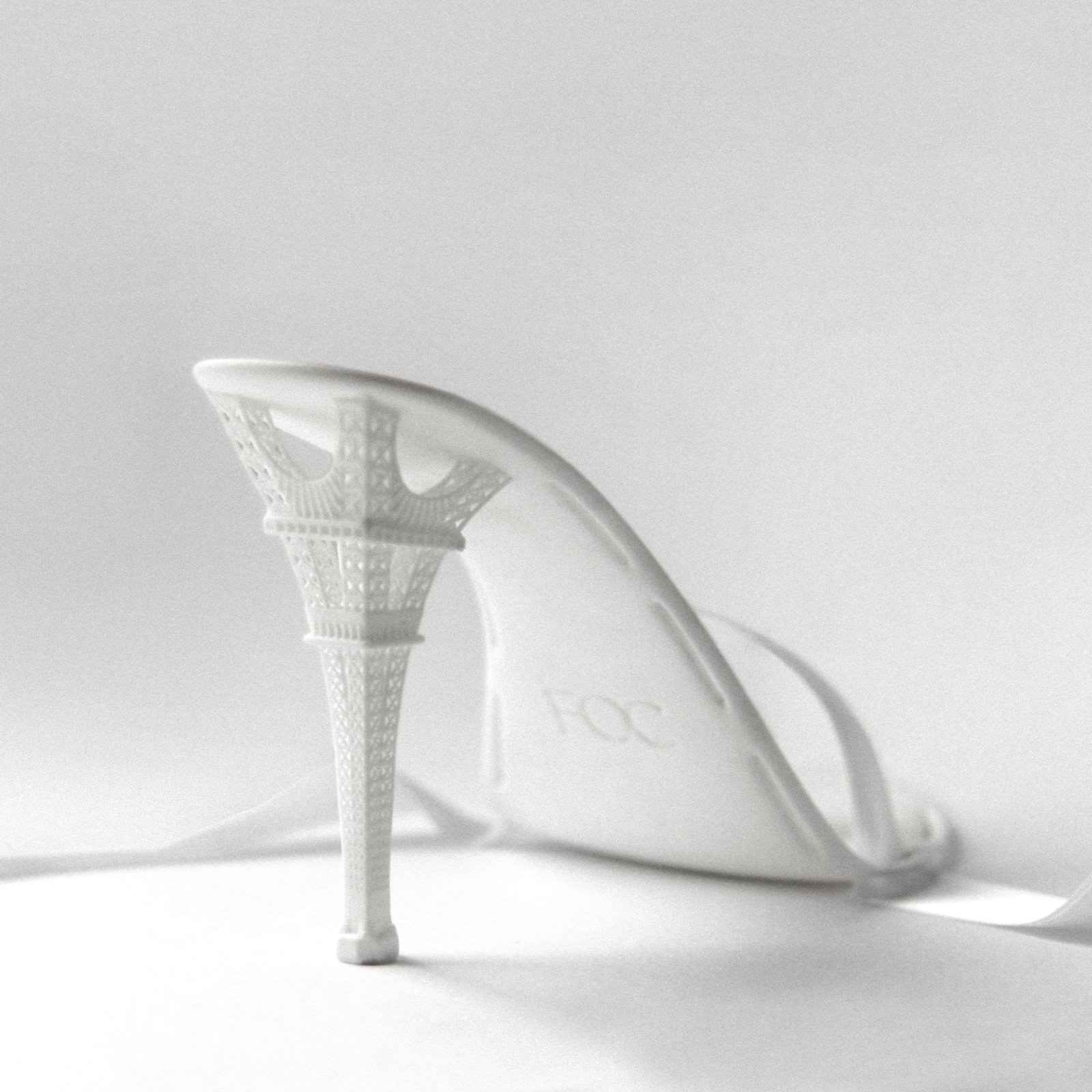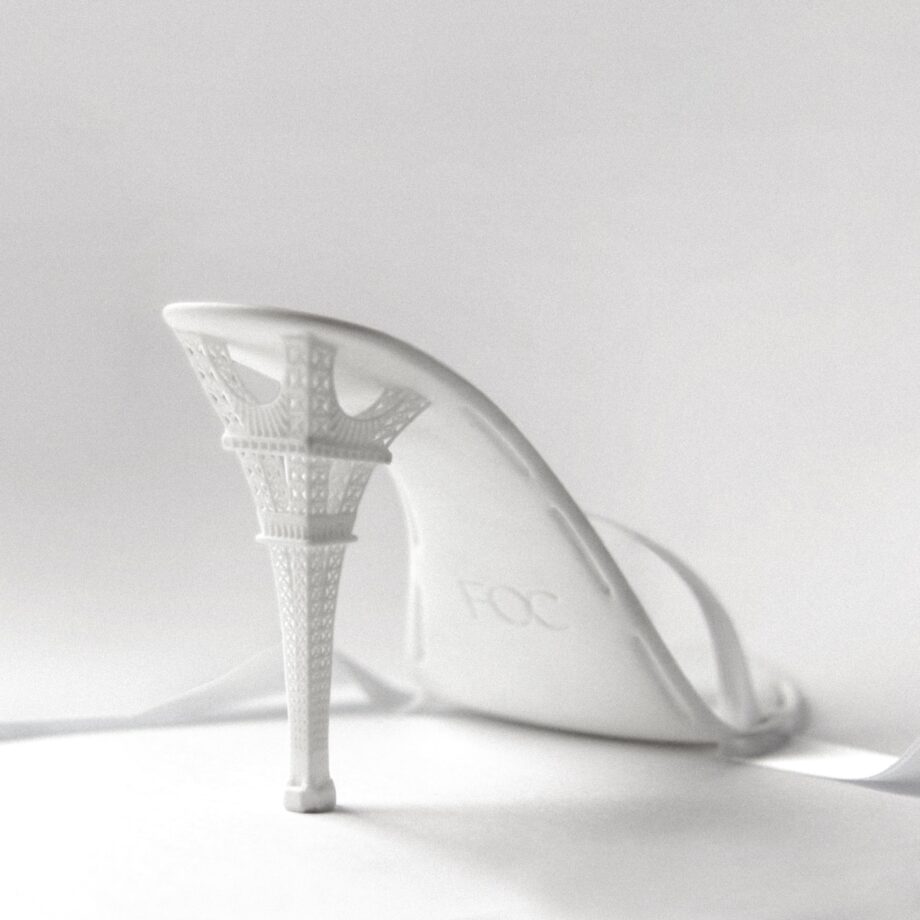3D printed shoes are a relatively new development in the world of footwear, but they have the potential to revolutionize the way we think about shoe production.

Here are some key points to consider about 3D printed shoes:
1. Customization: One of the main benefits of 3D printed shoes is the ability to customize the design and fit to the individual wearer. With traditional shoe manufacturing, it can be difficult to produce shoes in a wide range of sizes and styles, but 3D printing allows for greater flexibility in this regard.
2. Sustainability: 3D printing technology has the potential to greatly reduce waste in the shoe production process. Traditional shoe manufacturing can generate a significant amount of excess material, but with 3D printing, only the necessary amount of material is used to create the final product.
3. Comfort: 3D printed shoes can be designed with comfort in mind, as the technology allows for the creation of shoes with customized support and cushioning.
4. Speed: 3D printing allows for faster production times compared to traditional shoe manufacturing. This means that shoes can be produced more quickly, reducing lead times and getting new designs to market faster.
5. Cost: While the cost of 3D printing technology has been a barrier in the past, it is becoming more affordable as the technology improves. This means that 3D printed shoes may eventually become more affordable for consumers.
Overall, 3D printed shoes represent an exciting development in the world of footwear. While they are not yet widely available, it is likely that we will see more and more companies exploring this technology in the near future.
Will 3d printed shoes become main stream?
It is difficult to predict with certainty whether or not 3D printed shoes will become mainstream, but there are a few factors that suggest they may become more widely adopted in the future: Customization, Sustainability, Cost & Availability.
However, there are also some challenges that may prevent 3D printed shoes from becoming mainstream. For example, some concerns have been raised about the durability of 3D printed shoes, as the technology is still relatively new. Additionally, the limited availability of 3D printers may make it difficult for some companies to adopt this technology on a large scale.
Overall, it is likely that we will see more and more companies exploring the use of 3D printing technology for shoe production in the coming years. Whether or not 3D printed shoes become mainstream remains to be seen.




